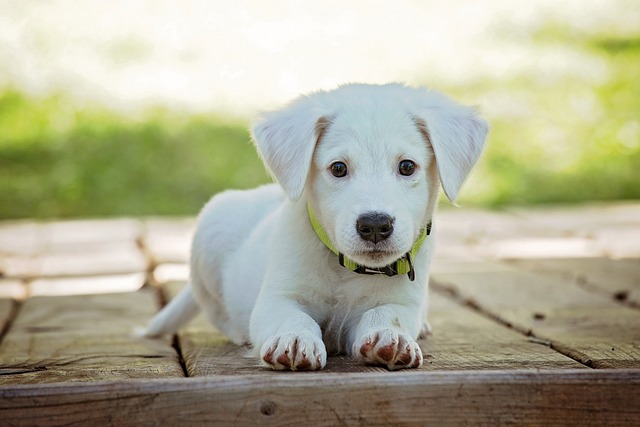
How can I tell if my dog's heatstroke is serious
Let’s be real: It’s a sticky August morning in Los Angeles, and you took your 2-year-old Golden Retriever, Max, for a walk a little later than usual
What is the best diet for a dog with allergies? If you’ve watched your pup scratch until their paws are raw, or noticed red, irritated skin that won’t heal, you know how frustrating allergies can be. For new dog owners in the US, figuring out the right food to calm those symptoms often feels like solving a mystery—especially when every brand on the shelf claims to be “hypoallergenic.” Let’s break down what works, and why.
From a nutritional standpoint, most food allergies in dogs stem from proteins—think beef, chicken, dairy, or soy. Their immune systems mistake these proteins for threats, triggering reactions like itching, ear infections, or even diarrhea. It’s not about “bad” food, but their body’s overactive response, like a smoke alarm going off for a candle. My friend’s lab, Rocky, spent months chewing his legs until they switched from a chicken - based kibble to one with duck—suddenly, the scratching stopped. That’s because novel proteins (ones they’ve never eaten) are less likely to spark that immune reaction.
So what should you feed them? Start with limited - ingredient diets (LIDs). These use just one protein (like venison or salmon) and one carb (like sweet potato), cutting out common triggers. Hydrolyzed protein foods are another great option—here, proteins are broken into tiny pieces that the immune system doesn’t recognize as threats. My neighbor’s poodle, Luna, thrived on this after other foods failed. When switching, do it slowly over 7 - 10 days: mix a little new food with the old, increasing the ratio each day. This avoids upsetting their stomach, and using a treat (like a small piece of the new food) to encourage them works wonders—positive reinforcement makes the transition easier.

Legally, keeping your dog healthy means more than just diet. All states require rabies vaccines, and a well - nourished dog handles these better. When walking, even with allergy issues, always clean up their waste—cities like Miami fine up to $150 for leaving poop, and it’s part of being a responsible owner. If your dog’s allergies make them irritable, never scold them for scratching—redirect with a toy instead, as punishment only adds stress.
In apartments, store allergy - friendly food in airtight containers to avoid attracting pests, and check if your building has rules about pet food storage. When at community parks, bring a small bag of their food for treats—avoiding random snacks from others prevents accidental exposure to allergens. Keeping them on a leash also helps you steer them away from grass or plants that might worsen skin issues.
The best diet for an allergic dog is one that avoids their triggers, uses gentle ingredients, and keeps them nourished. With patience, trial, and attention to local rules, you’ll find what works—turning those endless scratches into tail wags.

Let’s be real: It’s a sticky August morning in Los Angeles, and you took your 2-year-old Golden Retriever, Max, for a walk a little later than usual

You're enjoying a summer afternoon at the park when you notice your dog has stopped panting and appears disoriented - their gums are bright red

Let’s paint the picture: You’re in your Denver apartment, watching your 4-year-old Boston Terrier, Ruby, plop down mid-play session with her favorite toy

Many dog owners notice their pets nails seem shorter after regular walks,but how much does this daily activity actually help?The answer depends on where you walk—concrete sidewalks or asphalt streets gently file nails as a dog's paws hit the ground

Most dog owners notice their pup scooting across the carpet at some point, but few connect it to impacted anal glands. These small sacs near a dog’s rectum secrete a scent for marking territory

Most vets agree that regular dog teeth cleaning is key to avoiding painful dental issues later. For healthy adult dogs, a professional cleaning at the vet’s office every 12 to 18 months usually works well.